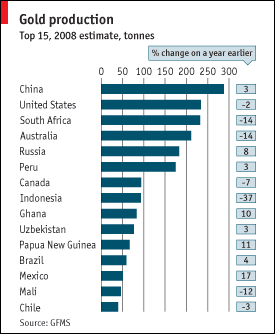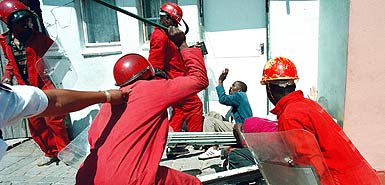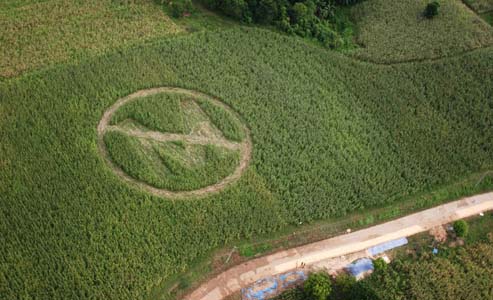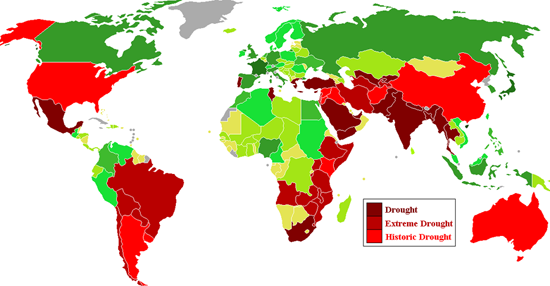A toxic tide of acid mine water is rising steadily beneath Johannesburg which, if left unchecked, could cause earth tremors, power blackouts and even cancer among residents, experts have warned.

Particularly at risk is the central business district which is built over the central basin and is home to some of Africa?s biggest firms Photo: ALAMY
The water is currently around 600 metres below the city’s surface but is rising at a rate of between 0.4 and 0.9 metres per day, meaning it could overflow onto the streets in just under a year and a half.
Because it would take 13 months to build a pumping station to clear the water, a legacy of 120 years of mining around Johannesburg, the state has just four months to find the millions of pounds needed to fund it.
It is currently locked in negotiations with multinational mining firms who have profited from the area’s rich natural resources over who should pay and how much.
Announcing a task force of experts set up to deal with the issue yesterday, Water and Environmental Affairs Minister Buyelwa Sonjica said she was hoping that the potential dividends from tapping a new water supply for human consumption and use in industry would entice investors.
Acidic water is created when abandoned mine shafts and tunnels fill up with ground water which oxidises with heavy metals and the sulphide mineral iron pyrite, known as “fool’s gold” because of its yellowish hue.
Without effective drainage, it pours out into waterways, polluting crops and poisoning those living nearby.
According to water activist Mariette Liefferink, from the Federation for a Sustainable Environment, the water is the same acidity of lemon juice or vinegar and poses an “enormous threat” to the city and its inhabitants.
Particularly at risk is the central business district which is built over the central basin and is home to some of Africa’s biggest firms. According to Miss Liefferink, the buildings they are housed would be damaged as the mine water corrodes steel and concrete.
She added that some of the city’s poorer residents are already living on top of mine dumps filled with carcinogenic metals which, if they react with the rising mine water, will pollute the entire water system.
Read moreSouth Africa: Rising Tide of Acid Mine Water to Contaminate Johannesburg












